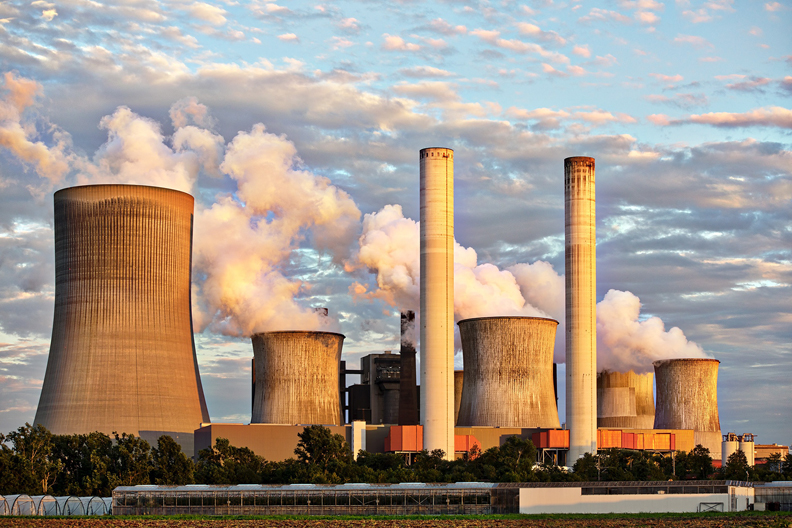India has achieved the target of 40 per cent of its installed electricity generation capacity being from non-fossil energy sources, in line with Prime Minister Narendra Modi’s announcement to achieve 500 GW of installed electricity capacity from non-fossil fuel sources by 2030 at COP26 Climate Conference, an official statement said on Thursday.
“At COP 21, as part of its Nationally Determined Contributions (NDCs), India had committed to achieving 40 per cent of its installed electricity capacity from non-fossil energy sources by 2030.
“The country has achieved this target in November 2021 itself,” the Ministry of New and Renewable Energy said.
According to the statement, the country’s installed renewable energy (RE) capacity stands at 150.05 GW, while its nuclear energy-based installed electricity capacity is 6.78 GW. This brings the total non-fossil fuels-based installed energy capacity to 156.83 GW — which is 40.1 per cent of the total installed electricity capacity of 390.8 GW.
The government is committed to achieving 500 GW of installed electricity capacity from non-fossil fuel sources by 2030, the statement added.
Prime Minister Modi at COP26 Climate Conference in Glasgow, pledged India will achieve net-zero carbon emissions by 2070.

